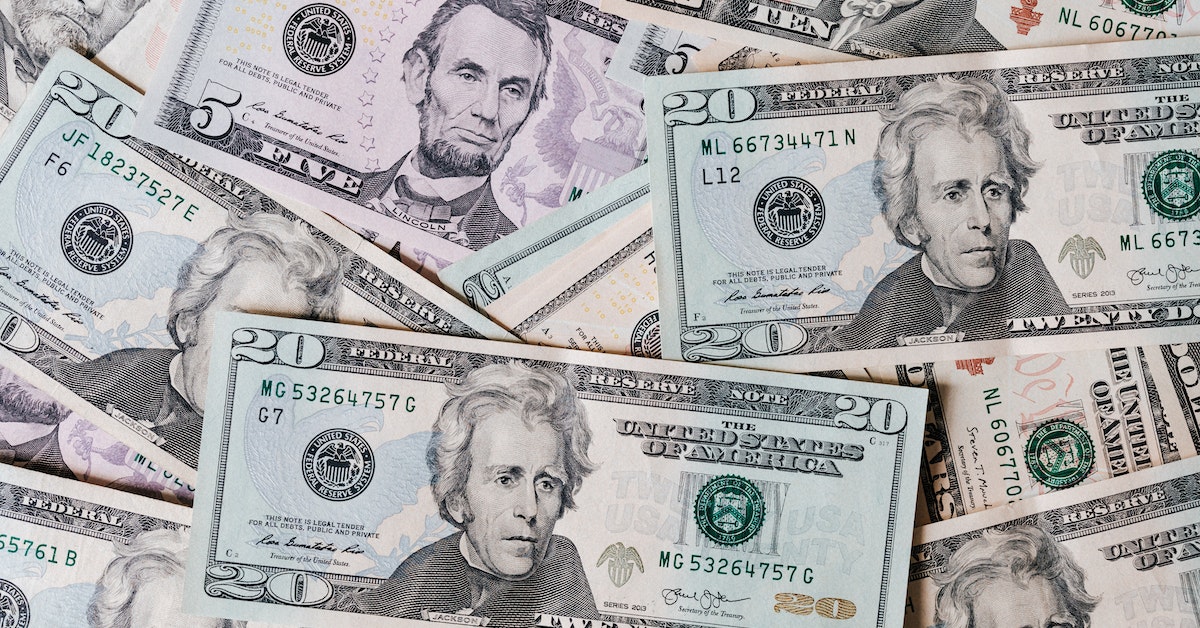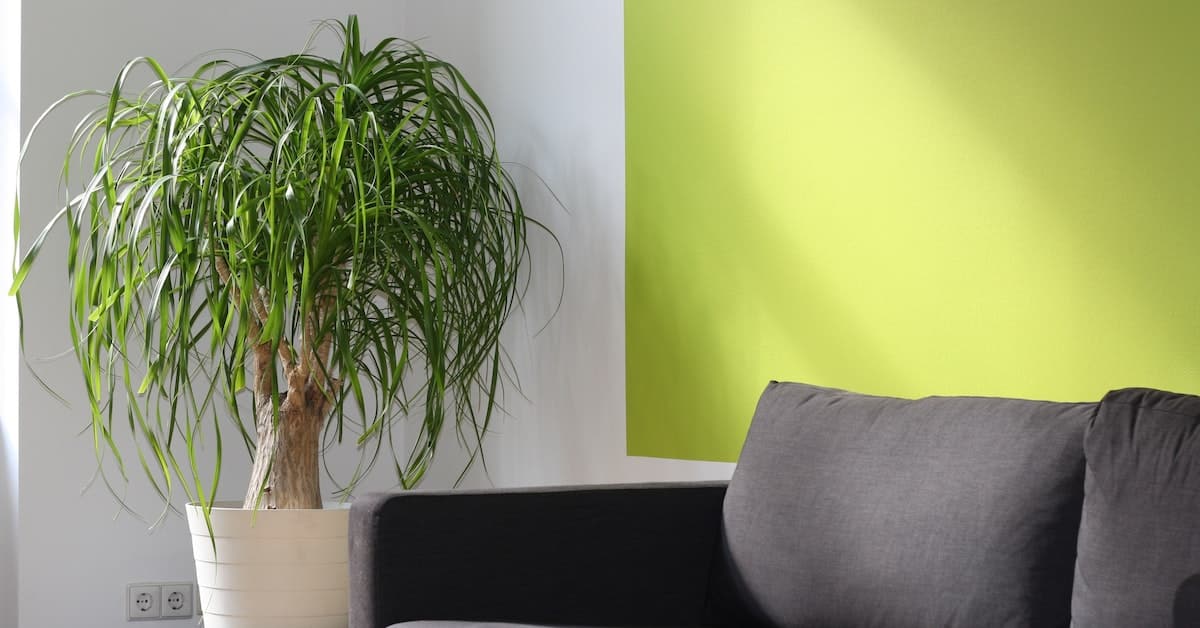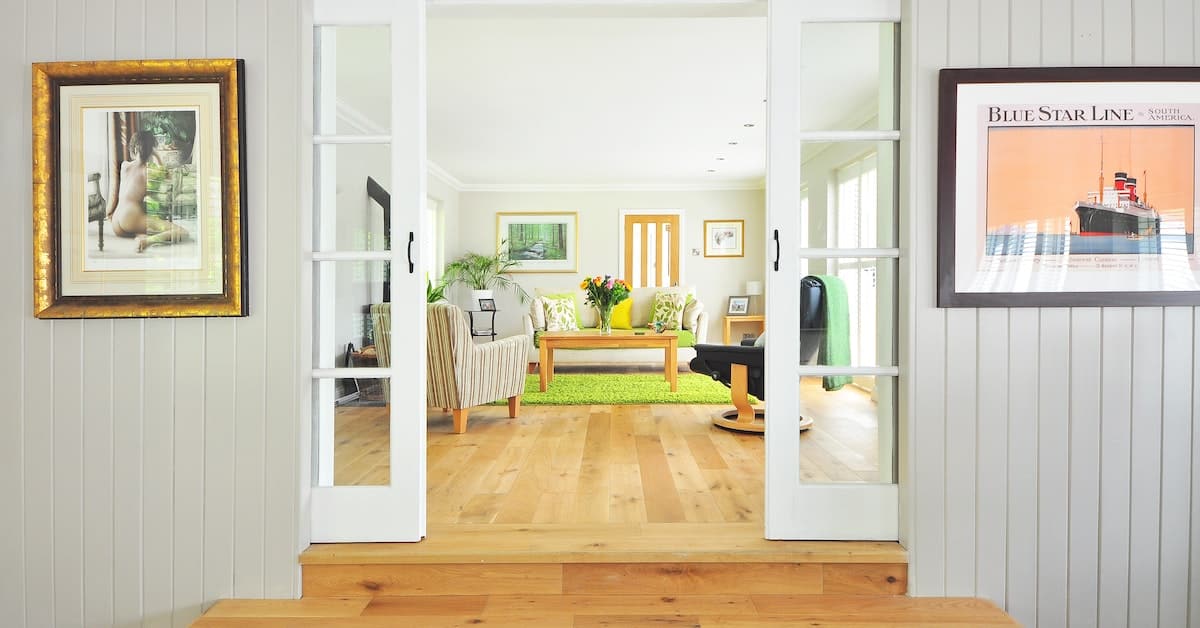A common way to tap into home equity is a home equity line of credit (or HELOC.) An interest-only HELOC is a type of HELOC with an initial interest-only payment structure.
There are a number of advantages and disadvantages to this kind of line of credit. On the plus side, the interest rate can be low if your credit is good, and your monthly payments can be minimal during the draw period. On the other hand, you risk losing your home if you fail to make payments, the interest rate is variable and not fixed, and your minimum monthly payments will significantly increase when the repayment period begins.
There are a number of reasons why interest-only HELOCs are attractive, including the low-interest rates attached to HELOCs and the lower initial payment. Make sure you stick with us to read through the disadvantages, though, as you might find that the drawbacks outweigh the benefits of this type of loan.
Interest rates for HELOCs and interest-only HELOCs can be quite low compared to other types of loans, so long as you have good credit.

This means that you can end up saving thousands in interest over the life of the loan versus getting a personal loan or using credit cards.
Your monthly payments will be small during the initial interest-only draw period when you take out an interest-only HELOC. That being said, when the repayment period begins, the monthly payments will increase dramatically.
Draw periods usually last ten years, but typical draw periods can range from five years to twenty years in length. During this draw period, you only have to make monthly payments on the interest of the loan.
Usually, the repayment period for a HELOC is longer than the draw period. This period of loan repayment can last up to twenty years.
Though it can be a risky strategy to only make interest-only payments during the draw period, an interest-only HELOC can be a reasonable solution if you have the option of only making payments on the interest during the draw period.

For example, you might plan on paying toward your principal during the draw period but end up taking advantage of the interest-only option for a few months if you lose your job or have to make a big purchase.
Though you might find the initial minimal monthly payments of the interest-only HELOC attractive, it’s important to understand that the golden years of making small payments won’t last forever. On top of that, the variable interest rates of HELOCs can mean that your payments fluctuate over time in a way that you simply can’t plan for.
When you take out a HELOC of any kind, the money you borrow is secured by your property. This means that you risk losing your house or rental property if you are unable to repay the loan.

To be fair, this is the case with your mortgage as well. Though it’s a risk that people take on every day, it’s important to understand that nonpayment could result in losing your property.
The rates for HELOCs are variable, not fixed. In the current climate of rising interest rates, the potential for owing significantly more in interest down the road is certainly a possibility.
When interest rates go up, the monthly payments you make on a variable-rate loan product will also increase.
It’s also important to consider what would happen if interest rates rise at the same time your repayment period begins. Not only will your monthly payments increase because you have to start paying back the principal in addition to interest, but the amount you’ll owe in interest will be higher than usual. The combination of these factors could mean that your monthly payment is shockingly and problematically high.
Though it’s nice to have low monthly payments during the draw period, it’s important not to let that blind you to the fact that your payments will increase as soon as the repayment period begins. How much it increases will depend on the size of the loan and if you've been making payments toward the principal, but there’s a good chance it will be significant.
This is because you will need to start making loan repayments for both the principal balance as well as the interest you owe. If you are thinking about taking out an interest-only HELOC, you’ll want to think about when the repayment period will begin and what the monthly payments will look like down the road.
An interest-only HELOC– or a HELOC of any kind, for that matter– might not be the best choice if your credit isn’t great. The interest rates you’ll be offered will be higher when you have a lower credit score. This is because lenders use credit scores as a way of measuring the likelihood that a borrower will actually pay back the money they take out.
If you don’t have good credit, you end up losing the low-interest rate commonly associated with home equity lines of credit, which is one of the primary benefits of a HELOC.
If you own a rental property and you’re thinking about tapping into the equity in order to purchase another property, consolidate debt, or make improvements on the rentals already in your portfolio, you might be wondering if an interest-only HELOC is the right type of loan for you.

While it is possible to get a HELOC for an investment property, they are usually harder to get and more expensive than if you were getting one using your primary residence as collateral. If you recently purchased your rental using a mortgage, this likely isn’t news to you– in general, lenders see investment properties as riskier than personal homes.
Though this might be a bit frustrating, it does make some sense. After all, if you were to find yourself in financial trouble, would you be more likely to default on the payment of your rental property or the home where you live with your family?
On top of them being more expensive, it can also be more difficult to find a lender that offers HELOCs for rental properties.
If you’re able to find a lender that offers an interest-only HELOC for an investment property and you're still happy with the ROI compared to taking out a similar loan on your primary residence, the benefits include:
On the flip side, there are some drawbacks to getting an interest-only HELOC using your rental to secure the loan, including:
Additionally, you’ll want to think about how you can plan for repaying a variable-rate loan as a part of your rental property business. While the low minimum payments can be nice for someone just starting their real estate empire, you also don’t want to get destroyed by rising rates and the increased monthly payment when the repayment period begins.
Are you buying a rental property or analyzing your existing portfolio? If so, be sure to check out our rental property calculators to help you meet your financial goals.
We encourage you to share this article on Twitter and Facebook. Just click those two links - you'll see why.
It's important to share the news to spread the truth. Most people won't.